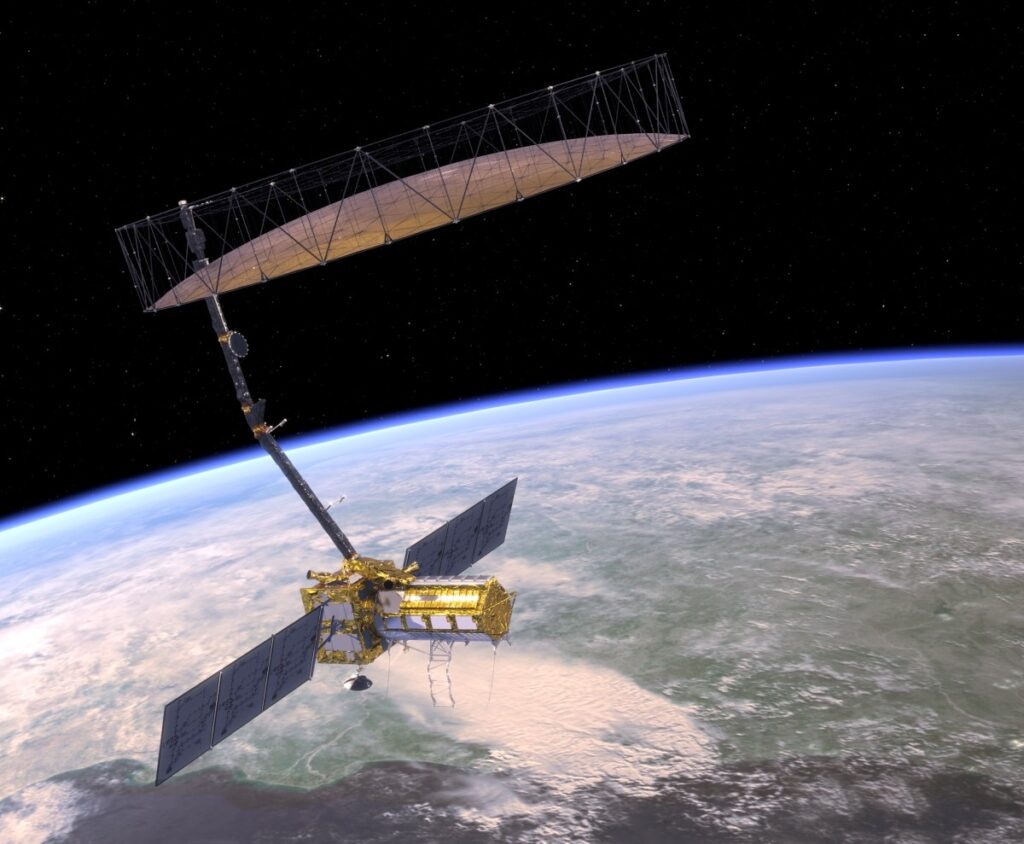U.S. Army gears up for space warfare, drawing lessons from Ukraine

Top Stories Tamfitronics

WASHINGTON The U.S. Army is taking cues from the ongoing conflict in Ukraine to prepare for a new era of space-based warfare.
“The war in Ukraine has given us a stark warning: the character of war is changing,” said Col. Princeton Wright, capability manager for space and high altitude at the Army’s Space and Missile Defense Command (SMDC).
Wright spoke during a panel discussion Aug. 6 at the Space and Missile Defense Conference in Huntsville, Alabama.
The conflict in Ukraine has served as a stark demonstration of modern electronic warfare capabilities, with Russia’s deployment of jamming systems and other disruptive technologies offering a sobering preview of future combat scenarios. U.S. military planners now anticipate that rival powers will adopt similar tactics in future conflicts, potentially leaving American forces in electronically contested environments where reliable satellite communications and navigation are no longer guaranteed.
The U.S. military also is interested in advanced technologies like tactical lasers to disrupt enemy imaging satellites, a capability that could prove crucial in denying adversaries the benefits of space-based reconnaissance.
“The brutal and complex nature of this conflict has demonstrated that traditional modes of warfare are being supplemented and in some cases, supplanted by new technologies and strategies, said Wright.
Top Stories Tamfitronics Dual-pronged strategy
As the largest consumer of satellite services within the U.S. military, the Army relies heavily on space-based assets for critical functions including communications, navigation, weather forecasting, and early missile launch detection. This dependence has led to a dual-pronged approach in the Army’s space strategy.
On one hand, the service plans to work with the other branches of the military to develop tactics and technologies to safeguard U.S. satellite signals from potential disruptions, ensuring continued access to these vital resources during conflicts. On the other hand, the Army is also exploring offensive capabilities that could potentially deny adversaries access to their own satellite networks in times of war.
Wright pointed at the Army’s recent guidance on the role of space in land warfare which focuses on two primary objectives: integrating space capabilities into ground forces’ operations and developing ways to interdict adversary space assets.
The Army is also looking at concepts such as using high-altitude platforms drones or balloons equipped with jammers to disrupt adversary navigation satellite signals.
The idea of using high-altitude balloons or airships for military purposes isn’t new, but it has recently gained renewed interest following the establishment of the U.S. Space Force and subsequent realignment of satellite ownership and operations. With the Space Force now responsible for satellite acquisitions, the Army is exploring more cost-effective alternatives like airships to deploy sensors or jamming equipment.
Top Stories Tamfitronics Seeking industry help
Wright emphasized the need for collaboration with industry and academia on a number of space-focused technologies identified by SMDC’s Center of Excellence. This includes developing systems that can operate effectively in various theaters, from Europe to the Indo-Pacific and even the Arctic.
In its Space Vision document published earlier this year, the Army for the first time has explicitly expressed interest in developing offensive capabilities that could potentially deny adversaries access to their surveillance satellites during conflicts. This stance appears to be influenced by the Army’s Pacific Commandwhich has been a driving force behind the organization of “multi-domain” task forces. These experimental units are designed to be equipped with asymmetric or unconventional weapons and tactics, aimed at countering an opposing force’s advantages in warfare.
Sandra Erwin writes about military space programs, policy, technology and the industry that supports this sector. She has covered the military, the Pentagon, Congress and the defense industry for nearly two decades as editor of NDIAs National Defense…More by Sandra Erwin



 Hot Deals
Hot Deals Shopfinish
Shopfinish Shop
Shop Appliances
Appliances Babies & Kids
Babies & Kids Best Selling
Best Selling Books
Books Consumer Electronics
Consumer Electronics Furniture
Furniture Home & Kitchen
Home & Kitchen Jewelry
Jewelry Luxury & Beauty
Luxury & Beauty Shoes
Shoes Training & Certifications
Training & Certifications Wears & Clothings
Wears & Clothings

















